Taphophobia: Causes, Symptoms and Treatment

Fear of a funeral and fear of being buried alive a fairly common phobia, which in one way or another suffers from every third inhabitant of the planet. But most people can control their fear and the thought of a funeral does not cause them panic, which cannot be said about taphophobes.
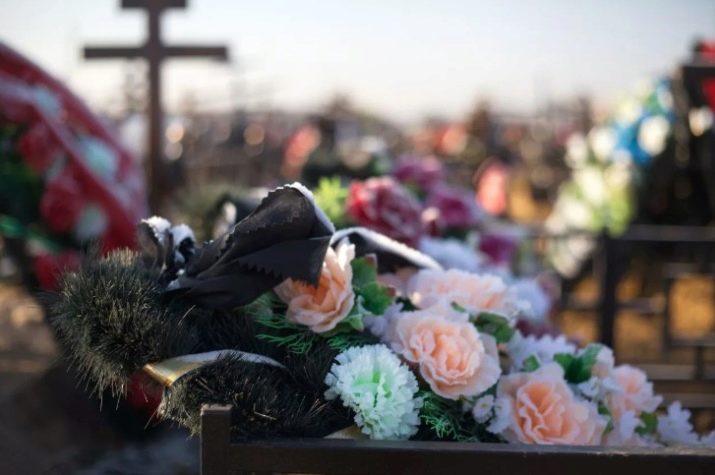
Description
Taphophobia is called so for a reason: the ancient Greek word τάφος is translated as “grave”, and φόβος is “fear”. Mental disorder manifests itself the strongest irrational fear of any attributes of the funeral, of the funeral process itself and everything connected with it. Also, the taphophobe is often afraid of being buried alive. This phobia should not be confused with thanatophobia - the fear of biological, physical death.
Often, taphophobes also suffer from concomitant phobic disorders, such as claustrophobia (fear of being in a tight and confined space), as well as nytophobia (fear of the dark).
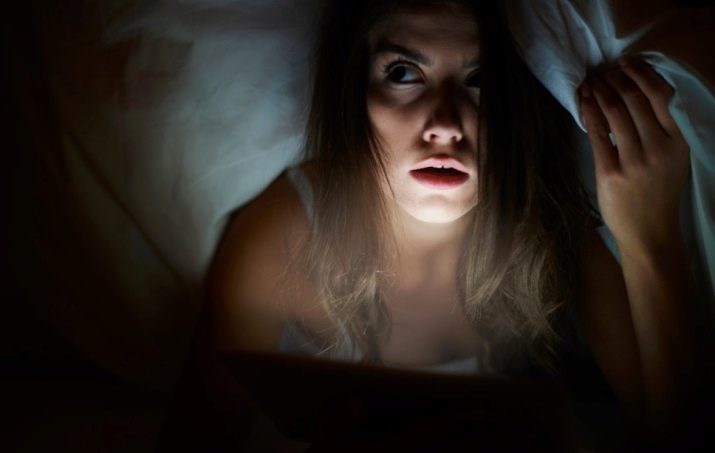
Taphophobes should not be considered eccentrics. History knew many cases of burial during life, and that is why all burials are carried out only on the third day after the death of a person. Such a law was introduced in 1772 by the Duke of Mecklenburg in order to avoid erroneous burials of living people, and the tradition gradually spread to all European countries. The fear of waking up underground and dying in torment from lack of air in complete darkness can be considered one of the strongest and most ancient.
Nikolai Gogol suffered from taphophobia. This was not his only phobia, but one of the most significant. Poetess Marina Tsvetaeva was also afraid of being buried alive. She wrote about this before her own suicide in a suicide note, and during her lifetime she often raised this topic in conversations with friends, in correspondence and even in creativity.


Alfred Nobel and the writer Wilkie Collins were very afraid to be buried alive. Collins had a panicky fear of every bedtime, suggesting that he might fall asleep so soundly that he would be mistakenly buried. Therefore, every evening he left a new note for those around him, in which he asked to make sure that he really died. The philosopher Arthur Schopenhauer demanded that he not be buried for at least five days, so that no mistake would happen, and therefore at the funeral of the great man, the numerous present were terribly disturbed by a pungent corpse smell.
Hannah Bezwick, an ordinary resident of Manchester, also went down in history, who left a will according to which her body was embalmed and kept unburied for a hundred years. The woman ordered that he be checked regularly for signs of life. As a result, her body became an exhibit in the British Museum of Natural History, and exactly a hundred years later, according to the will of the lady, was buried.
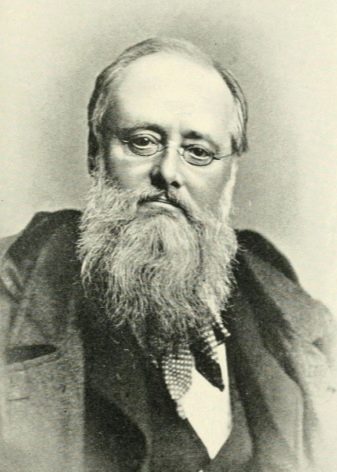

Causes
At the heart of taphophobia can be a variety of reasons that have had a strong impact on the human psyche. The disease can develop at any age in people of any gender and social status. Death and funeral, cemetery and farewell ceremonies - all this is unpleasant, and sometimes painful for those who have lost loved ones, friends, colleagues. But a healthy person does not associate the attributes of death with his own life, which helps him maintain mental health even in very tragic circumstances.
A very impressionable person, suspicious, doubting, with an unstable nervous system, anxious, prone to depression, with a rich imagination can correlate the attributes of death with his own personality, and then a stable platform for the development of taphophobia is formed.
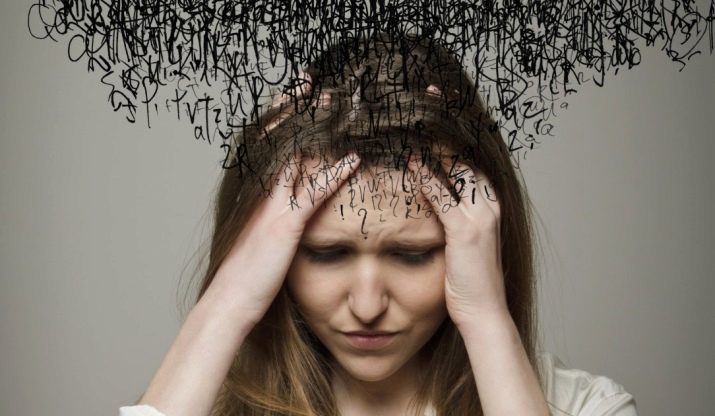
An event that causes an incorrect connection between a funeral, cemetery, burial and a sense of fear, danger, arises as a result of certain events and impressions. Most often at this moment, a person is in a state of nervous overstrain, depression. It can be the death of a loved one, a friend. After the tragedy experienced, obsessive thoughts about death, moreover, about their own, fear of any of its attributes, reminiscent of inevitable death, develop. Most often, after the loss of a loved one, women begin to suffer from thanatophobia.
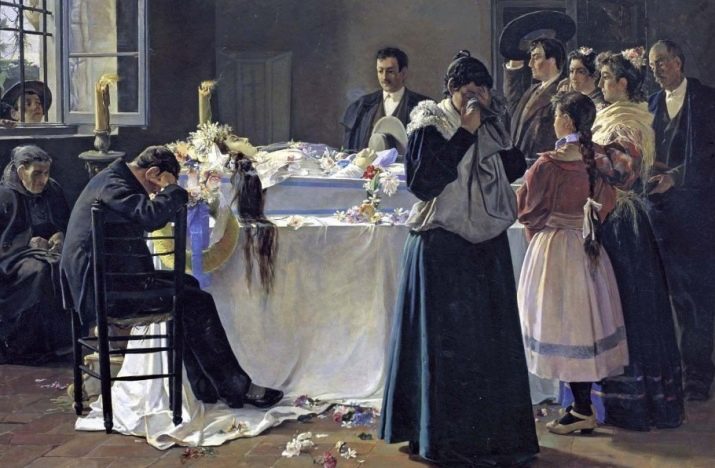
In childhood, the likelihood of pathological fear can be influenced by the presence at the funeral (This is why parents are not advised to take babies to farewell funeral ceremonies at least until the children are 16-17 years old). A horror film can have a huge impact on the psyche of a child (burial alive is a fairly common topic that thriller directors mercilessly "exploit"), as well as stories and scary bedtime stories from parents or peers.
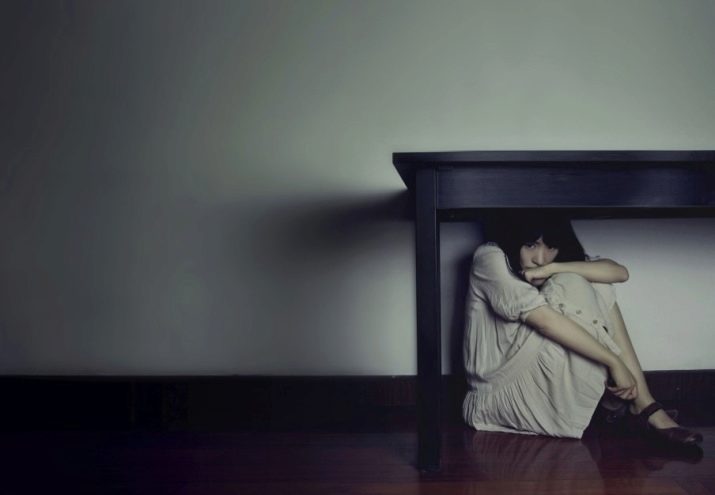
Signs
Manifestations of phobia are quite individual and largely depend on the character of the person, on the degree and duration of the phobic disorder. But all taphophobes still have something in common. Largely these people avoid talking about death in any context. If the road home lies by the cemetery, it will be easier for a taphophobe to sell an apartment and move to another area than to force himself to walk past a frightening place that inspires anxiety. People suffering from this phobia painfully perceive any information about someone's death, even if it is about a stranger.
The fear of being buried alive and the fear of being buried may be accompanied by refusal to attend such ceremonies, even if it is required by the norms of decency (a relative died). On the physical level, fear is manifested by sleep disturbance. Often, the disorder is accompanied by hypnophobia (fear of falling asleep so as not to die in a dream). Such people are more often tormented by nightmares, terrible dreams.
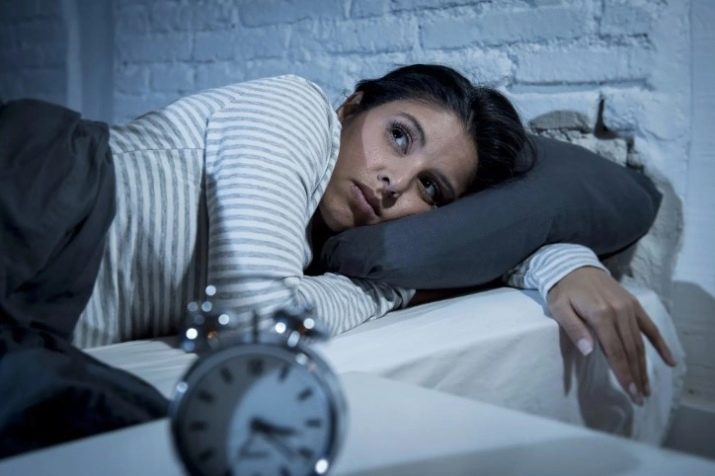
But for all the rejection of the death of others, taphophobes are very sensitive to their own - can write and rewrite a will in advance, record video messages addressed to relatives, which they must view after his funeral, letters. They give their relatives instructions on the exact place of burial, the method and accompanying nuances of their funeral (for example, buy only white flowers for the grave or invite an orchestra and perform "Farewell of a Slav" over the coffin).
Gradually, taphophobes become real experts in the field of ritual affairs, they know where it is cheaper to order a coffin, where to go for cremation, and keep up with all the latest industry news.
Thoughts that perhaps something will go wrong, cause a sharp increase in heart rate, cold sweat, tremors in the limbs, pressure surges, and there may be an urge to vomit.

How to get rid of fear?
Without adequate treatment, a person's condition will deteriorate, which, alas, is inevitable. Taphophobia tends to progress, so you can't do without qualified medical care. You can contact a psychiatrist or psychotherapist. These specialists will be able to determine the cause of the disorder and prescribe the correct treatment. It is impossible to cope with taphophobia on your own.
The most effective method today is considered psychotherapy. To rid a person of fear, use hypnosis, NLP techniques, and cognitive behavioral therapy, within the framework of which the doctor “devalues” the existing strong emotions regarding the funeral and the prospect of being buried alive, creating new attitudes in which a person begins to treat death as a natural process, without mystifying or dramatizing it.
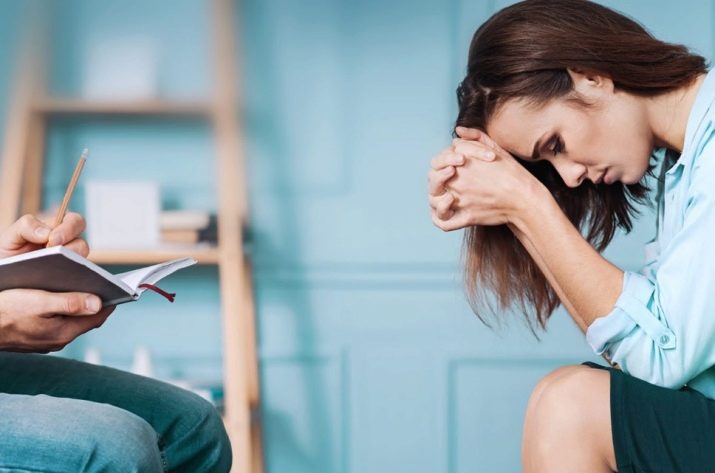
Gradually, a person begins to plunge into those situations that frightened him. For this, the doctor uses the condition hypnotic trance. As the reactions normalize, the doctor can give recommendations to take part in quests, go with the diggers in the dungeon, visit the caves with an excursion group.
Among medicines, it is often recommended as auxiliary means antidepressants, sometimes tranquilizers in short courses.

Quite often, experts recommend diversifying the patient's life - sports, visiting museums, cinemas (exclusively on comedy and life-affirming pictures), reading books, hiking, cross-stitching - everything will do, if only the person gets the maximum of positive and vivid emotions.

You can learn more about what taphophobia is from the video below.








